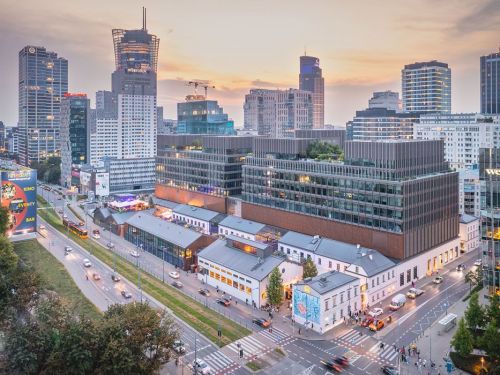At the half year point there is no sign that the boom in Poland\\\'s residential market is slowing down. And as long as the supply carries on failing to keep pace with the burgeoning demand, then it should continue for another decade. This is the view of Mikołaj Martynuska, director of CB Richard Ellis\\\'s soon-to-be officially launched residential and development advisory. According to him: „Developers are fighting over land, as new players are continuing to enter the market. The competition is causing an increase in the price of land and the creation of new residential zones." However, the major cause for concern – for house buyers at least – is that the number of new homes coming onto the market remains very much the same as it was for last year: in Warsaw 30,000 new units appeared by the end of the first half of this year – only marginally higher than the 29,000 for the same period of 2005, and for the whole of Poland no significant increase is expe






























































